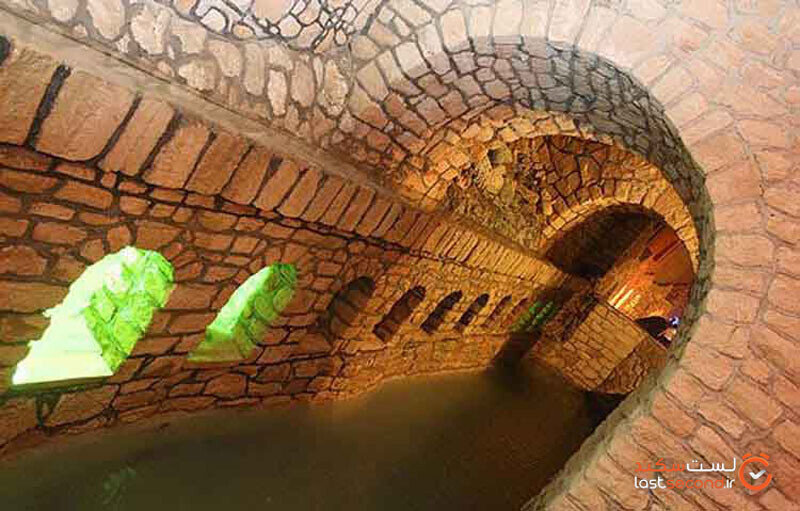Meeting to discuss Persian qanats as precious heritage

TEHRAN – A host of cultural heritage experts, architects, and travel insiders have been invited to exchange views on Persian qanats at a meeting that will be held in the city of Mahan in Kerman province on Saturday.
Kerman’s tourism directorate has organized the event to mark the national day for Persian qanats, CHTN reported.
Moreover, the meeting will discuss ways to preserve the time-honored heritage that is a magnificent example of a technological ensemble illustrating significant stages in the history of human occupation of arid and semi-arid regions.
Qanats or man-carved subterranean aqueducts are of very high importance for the nation, as they supported agricultural and permanent settlements in arid and semi-arid regions of the Iranian plateau.
The concept of “Persian Qanat” was registered on the UNESCO World Heritage list in 2016, representing eleven aqueducts across Iran. According to the UN cultural body, the qanat provides exceptional testimony to cultural traditions and civilizations in desert areas with an arid climate.
According to UNESCO, Persian qanats provide exceptional testimony to cultural traditions and civilizations in desert areas with an arid climate.
The qanat system typically relies on snow-fed streams, which flow down the foothills of surrounding mountains channeling through sloping aqueducts, often over far distances to discharge into the city’s underground reservoirs or ab-anbars. Such constructions are still in practice, many of which were made from the 13th century onwards.
That traditional water supply system works based on complex calculations and exceptional architectural qualities as water is collected and transported by mere gravity over long distances and these transport systems were maintained over centuries and, at times, millennia. The qanat system enabled settlements and agriculture but also inspired the creation of a desert-specific style of architecture and landscape involving not only the qanats themselves, but their associated structures, such as water reservoirs, mills, irrigation systems, and gardens.
When it comes to architectural elements, each qanat comprises an almost horizontal tunnel collecting water from an underground water source, usually an alluvial fan, into which a mother well is sunk to the appropriate level of the aquifer.
Furthermore, the levels, gradient, and length of the qanat are calculated by traditional methods requiring the skills of experienced qanat workers and have been handed down over centuries. Many qanats have sub-branches and water access corridors for maintenance purposes, as well as dependant structures including rest areas for the qanat workers, public and private hammams, reservoirs and watermills. The traditional communal management system still in place allows equitable and sustainable water sharing and distribution.
The eleven qanats forming, a collective UNESCO World Heritage, are still active water carriers and have retained not only their architectural and technological structures, but also their function.
According to the UN body, they continue to provide the essential resource water sustaining Iranian settlements and gardens and remain maintained and managed through traditional communal management systems.
AFM
